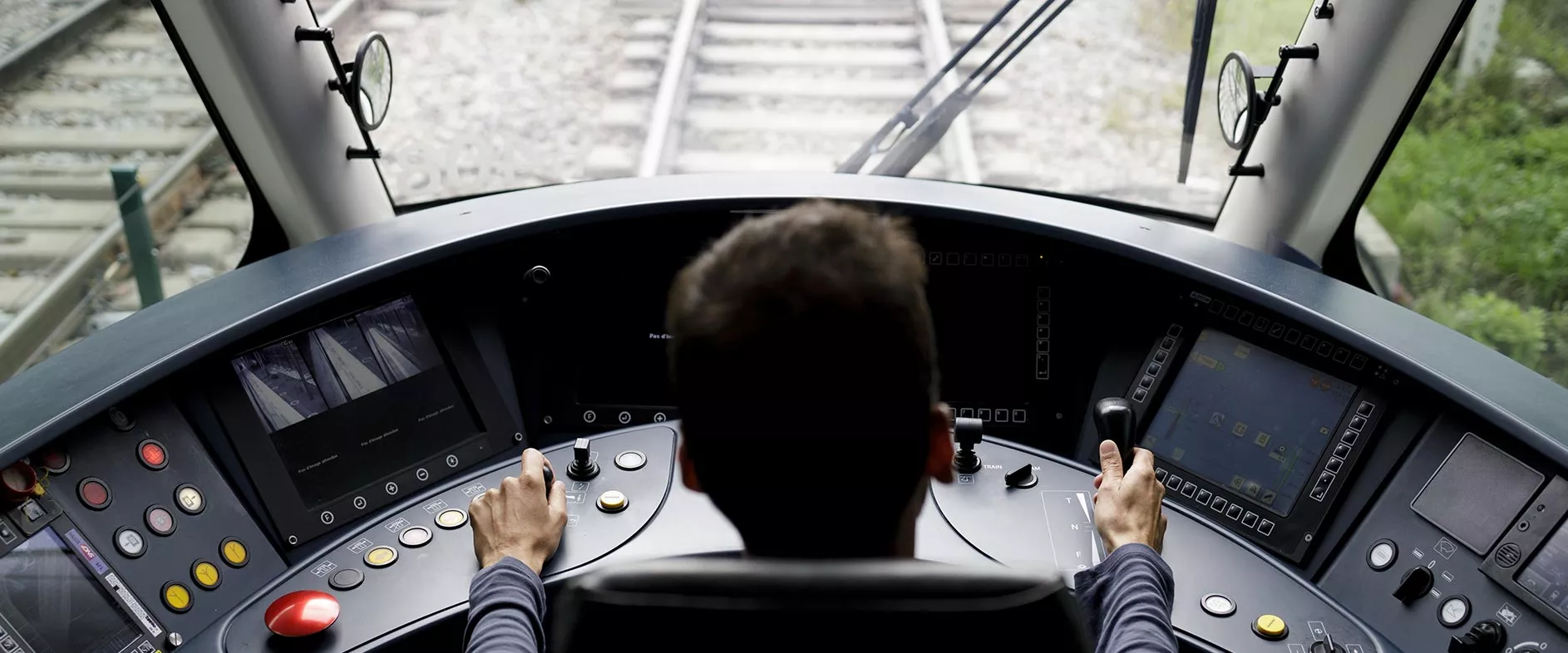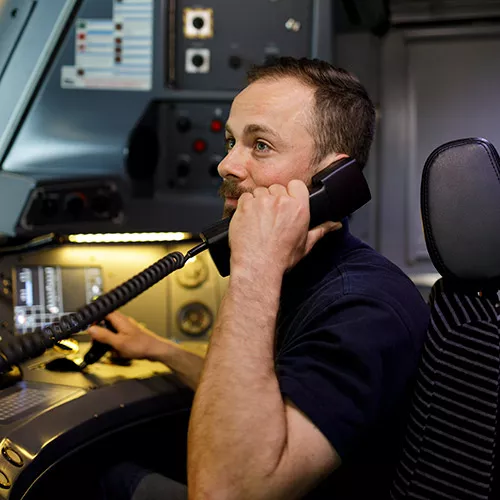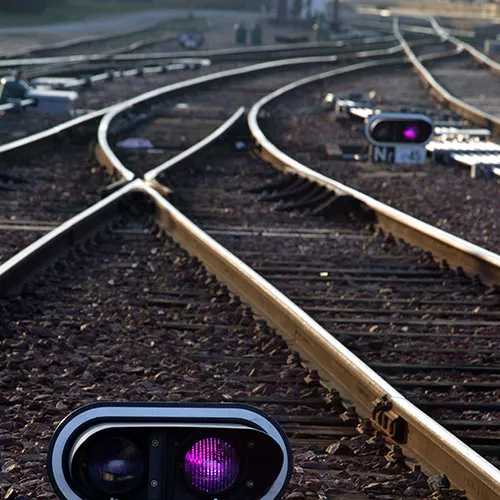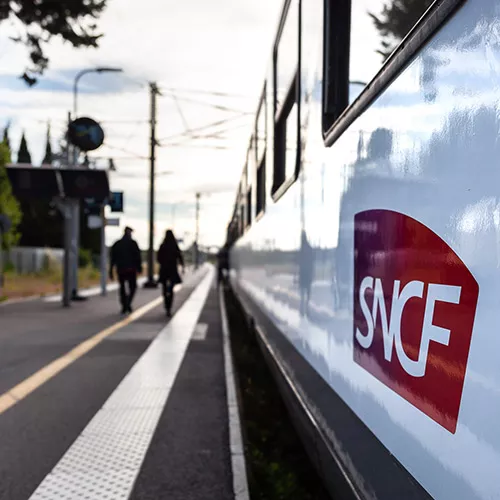
Radio alert: our emergency warning system
Our radio alert system links all trains in a given sector. It relays emergency messages to ensure the safety of passengers and SNCF employees alike. Find out how we use this system and how alerts impact traffic.

To keep passengers safe, our drivers sometimes issue radio alerts—for example, in emergency situations that halt traffic temporarily, such as:
- people on the line
- collision with an object or animal on the tracks
- a tree falling on the line
- flooding on the tracks
- damage to a catenary
- detection of an irregularity that poses a risk, even on another train
In such cases, an audio alert goes out to all trains in the sector and to SNCF traffic management staff for the area, and rail traffic is halted.

Impact on rail traffic
When a radio alert goes out, switching station operators immediately shut down the signals granting access to the sector in question. Red lights halt traffic and no one is allowed to enter the area. The driver who issued the alert calls the traffic manager in charge of the switching station to let them know who issued the alert and why. If need be, maintenance staff are despatched to the site to make repairs.
While these measures are necessary for passenger safety, they often result in delays and thus disrupt traffic. When that happens, switching stations and traffic management centres spring into action to get things back to normal.

Resumption of traffic
Once any threats to safety have been dealt with, the switching station or traffic management centre contacts the driver who issued the alert and the other trains operating in the same sector to give them the green light. Traffic gradually gets back up and running. If there is any lingering uncertainty, trains initially run at reduced speed so they can monitor the tracks and stop quickly if necessary. These procedures are vital to ensure passenger safety.
Share the article